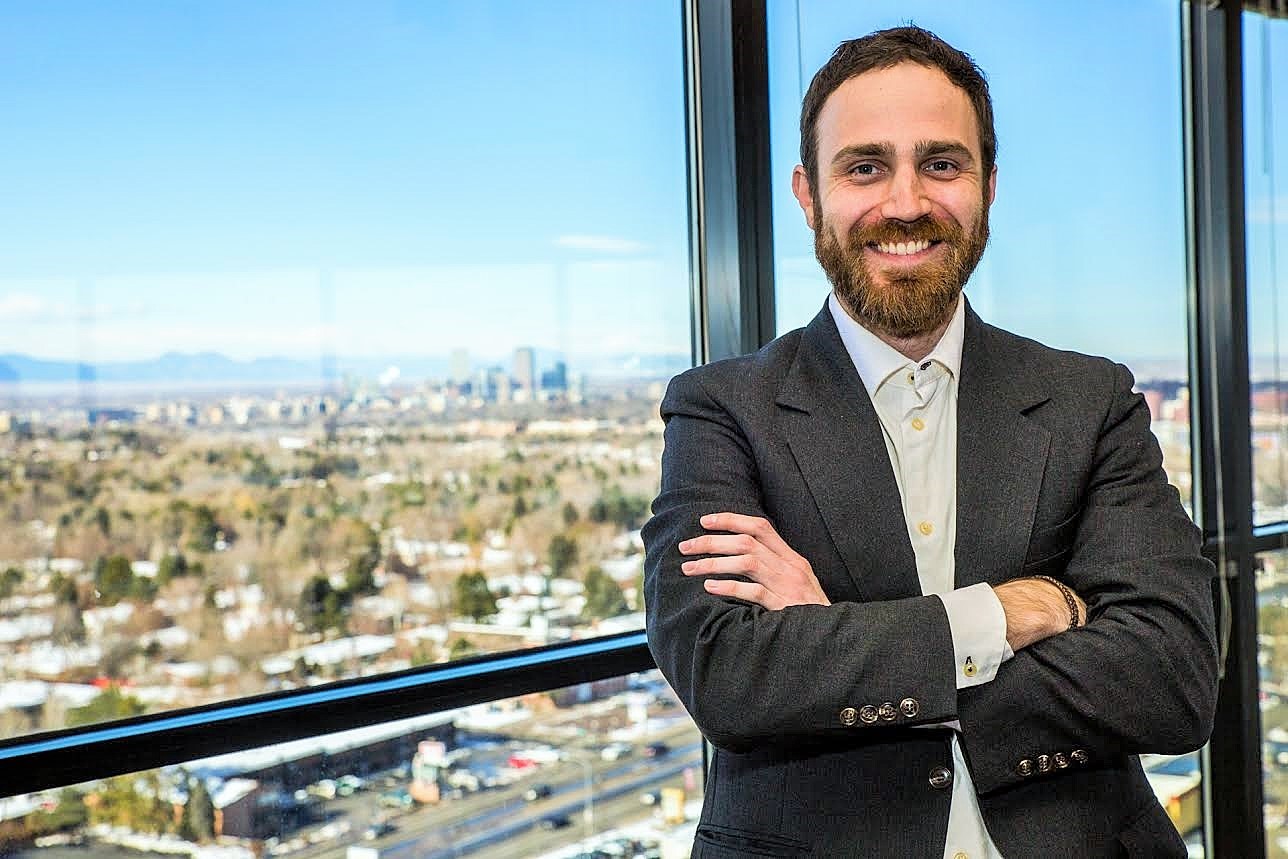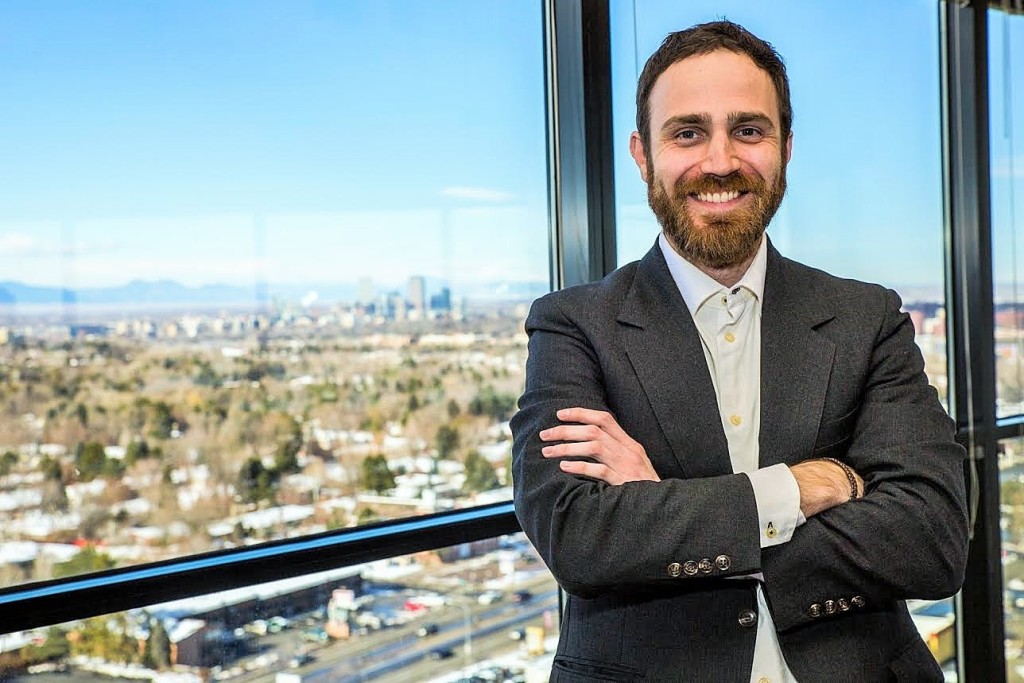Multifamily Marketer Spotlight: Michael Huereque, Disrupting the Digital Status Quo

February 27, 2016
7 min read
When Michael Huereque boarded a plane from Austin to Denver in late 2014, he was a marketing agency executive trying to win more business from a client. He had just completed a wildly successful digital lead generation campaign on behalf of a community managed by Cardinal Group Management and wanted to score the rest of company’s portfolio.
He planned to meet with the executive team and — with a little luck — walk away with the remaining communities in his book of business.
 In a way, he did.
In a way, he did.
By the time he left Denver, Michael was responsible for the marketing, leasing and online reputation of Cardinal Group’s entire portfolio, just with a different title: Director of Marketing.
“I got lucky that they were looking to hire a marketing guy,” he said. “When I started, I didn’t know anything about the multifamily business. I’m very fortunate it’s all working out.”
“Working out” seems like an understatement given the results Michael and his team have produced since he joined Cardinal 16 months ago: The company’s business has grown 300 percent. And that’s not from advertising.
The growth is attributed to word of mouth from very happy clients — multifamily investor groups and owners whose ROI has been transformed through targeted pay-per-click (PPC), social media, search engine marketing (SEM) and search engine optimization (SEO) campaigns. By his estimates, Michael’s lead generation initiatives increased the number of leads per unit on the entire portfolio to 3.63 in 2015, up from 2.15 in 2014.
“We gave our leasing agents one and a half more opportunities to sign a lease for every unit in our portfolio,” said Michael.
Today, Michael and his team are responsible for 51 communities across the country, with over 13,200 units under management including conventional properties and student housing. He is on a mission to transform the way multifamily marketers target, execute and track digital campaigns and leads. So far, his work has sparked a paradigm shift at Cardinal, and it’s beginning to take hold in the industry at large. We sat down with Michael to learn more about his digital marketing approach and why it’s making such an impact.
Zillow: Talk to us about Cardinal Group’s hiring philosophy.
Michael: Cardinal Group has made a point of hiring from outside the multifamily industry. Our chief executive, Del de Windt, has a hospitality background and brings that philosophy to the apartment arena. In hotels, you have people’s attention for three or four days, and you have to do everything possible to impress them during that short time so they’ll come back. In multifamily, you get someone signed up for a lease, and they are yours for a year. Del challenges us to find ways to impress our residents every day — not just at renewal time. That attitude drives the culture we create at our communities.
Zillow: How does multifamily differ from other industries you’ve worked in?
Michael: In multifamily, the natural career progression is to start off as a leasing agent, and if you’re really good and enthusiastic you get promoted and eventually take a corporate position. There is a set of tools and skills that work very well for that. But there’s also a level of insulation; we don’t get to see how events and promotional companies are running their marketing campaigns, or how the best companies are structuring social media around their brands and engaging in active listening. How are they targeting people based on their interests and affinity groups? How are they researching?
Looking outside your industry for inspiration and research is one of the most important things you can do. You need to evolve with the marketing industry as a whole, not just the multifamily industry. Do at least an hour of research a day so your tools don’t become dull.
Zillow: What have you changed at Cardinal Group, specifically in terms of marketing?
Michael: Cardinal Group is growing, but we’re still small enough that we can have some fun with it. Mostly, I’m proud of the change in our mentality on research-based targeting and reaching out to specific audiences. I’ve also gotten a lot tougher on auditing data.
Zillow: Can you give us a “for instance”?
Michael: When I perform due diligence on a new asset, the first thing I do is ask the manager, “How are you currently marketing this property?” Often, it’s through traditional methods, like putting fliers on cars, without a lot of targeting. To me, that’s interesting, because I’ve never taken someone’s flier from my car and said, “This is a fantastic idea.” We use a PPC campaign — it’s the new flier. It’s a visual search term that you can put in front of someone. If they ignore it, there isn’t a huge cost component involved.
Zillow: Can you walk us through how you set up a digital campaign for one of your properties?
Michael: When I run campaigns, I do two things: I look at all my affinity groups and create messages for them. If there are a lot of pet lovers in the market, and we’re a pet-friendly apartment, then I go huge on that fact. If you’re an audiophile, I’m going to run a campaign to you around the Bose Sound System. It speaks to your audiences on a more intimate level, and it’s exciting to be part of the early phases of that in multifamily. There are fun and interesting ways you can customize messaging to different groups and connect with them on their level so they keep coming back to your site.
The other thing I do is test and tweak. I recommend running a campaign for 60 days. You need to review it each week, but every 30-60 days you should take a deep dive. There are usually small changes we can make to be more effective. If most people in the industry are doing the same thing, and a handful of us go out and do something a little different, sometimes it’s just inches that win the game.
Zillow: How have you seen the industry change?
Michael: When I started, we had very good PPC rates. That meant the market was young. Since then, PPC, specifically for Google, has become a big buzz word. Effectively, my cost has gone up — the tool is being saturated — so I have to go out and find new ways to bring traffic to my website at a reduced cost. The more people engage with Google PPC, the worse the ROI becomes. I still need Google PPC, but I’ve also found that social media is an effective alternative.
Whenever there’s a new product on the market with a digital marketing component — I don’t care if it’s Snapchat or an app I’ve never heard of — we do preliminary research. Then we’ll decide if we want to take a bet on it and run a 30-day test. I try to do at least one every other month if possible, definitely every quarter. We’re always looking to find something effective that hasn’t hit the conference circuit yet.
Zillow: Where does an ILS such as Zillow fit in to a digital strategy like yours?
Michael: It starts with renters. For me, very generally speaking, there are two types of renters: Renter A and Renter B. Renter A is very research-orientated and particular. They know they need a pet-friendly building near public transit and coffee shops. So, for those people, I run ads that say “Hey, we’re pet friendly. We’re near this transit stop. These are the coffee shops and restaurants.” Renter A is who I market to with my PPC campaigns.
Renter B wants consolidated information. They want to pull up a map and get the big picture with different neighborhoods, pricing, amenities and square feet. And they want to get it from an ILS like Zillow. There is a very real need for sites that let renters view aggregated data and for PPC campaigns. Plus, being up on Zillow benefits my SEO.
Zillow: What are some of your challenges? What keeps you up at night?
Michael: We’re growing pretty fast, and I want to make sure marketing is able to scale at an appropriate rate. But, I would say a bigger concern is research and whether I’m doing enough. It’s a constant balancing act between research and implementation.
Connect with us!
Learn how Zillow Rentals can help you reach your goals.
Stay informed. Stay ahead.
Access exclusive industry insights, market trends, and expert tips. Subscribe now to receive quarterly Zillow Rentals newsletters!
